Towards the end of the first century AD, the Emperor Domitian rebranded the month of October as ‘Domitianus’. It will have troubled him that Julius Caesar and Augustus already had their own months, and this was a neat way to affirm his godlike status. Fast forward two millennia, and the high priests of the new religion of intersectionality have decreed that June shall henceforth be known as ‘Pride Month’.
For the next 30 days, cities throughout the UK will be festooned with the symbol of this new established church: the ‘Progress Pride’ flag. This eyesore will flutter above civic institutions, corporations, and high street shops. It will decorate tablemats in restaurant chains, be displayed as bunting in schools, maybe even splashed across the sides of police cars. Local councils have been known to repaint zebra crossings in this fashion, despite the cost to the taxpayer and complaints from disability groups that it can disorientate the partially-sighted and their guide dogs. So much for inclusivity.
What happened to the old Pride flag? The six-stripe rainbow was a simple and joyful design representing the power of diversity. The new Progress Pride flag, by contrast, has added a chevron with the trans colours (blue, white and pink), black and brown to symbolise racial inclusivity, and a purple circle on a yellow background for intersex people. Last year, Microsoft published an expanded version of the flag, a crazed kaleidoscope of garish colours and shapes that really has to be seen to be believed.
Such nonsense would be more widely ridiculed if the consequences for laughing were not so dire. Those who point out that Pride has become a parody of itself are accused of ‘transphobia’ and ‘hate’, a cynical but effective method of evading criticism. For all these smears, it is important to identify where Pride went wrong. When the original march took place in London in 1972, homosexuality had only been legal for five years, and the prospect of gay marriage or even an equal age of consent seemed impossible. Only 2,000 people turned up to protest these injustices. By contrast, the Pride parade in London in 2022 attracted over a million. It’s become a family day out, where one suspects that heterosexuals are the dominant demographic.
All of which begs the question: who is Pride really for? With equal rights for gay people long established, Pride has gradually morphed into a self-satirising celebration of narcissism, where avaricious corporations can pose as virtuous by merely flying a flag and tossing off a few hashtags. Whereas the struggle for equality for those who are innately same-sex attracted was tangible and important, we are now expected to show solidarity for heterosexuals with a kink. This week the British Library decided to celebrate Pride by tweeting about hermaphroditic fish, and holding an event that will ‘celebrate nature in all its queerness’. The very concept of a ‘2SLGBTQIA+ community’ and all its attendant absurdities has made Pride a laughing stock.
A new ideology has hijacked the Pride movement, one whose commissars are obsessed with group identity and the belief that gender is more important than sex. This has grave consequences for gay people. In her book Time to Think, Hannah Barnes found that between 80 to 90 per cent of adolescents referred to the Tavistock paediatric gender clinic in 2012 were same-sex attracted. Studies have long confirmed a correlation between gender non-conformity in youth and homosexuality in later life. At the Tavistock, staff used to joke that soon ‘there would be no gay people left’. Somehow, the medicalisation and sterilisation of homosexuals has been reframed as ‘progressive’.
Even Stonewall – the UK’s foremost LGBT charity – has defined the word ‘homosexual’ on its website and promotional materials to mean ‘same-gender attracted’. Its CEO Nancy Kelley has claimed that women who exclude biological males from their dating pool are akin to ‘sexual racists’. There has been an intense resurgence of old homophobic tropes online from gender ideologues who believe that ‘genital preferences are transphobic’ and that lesbians who aren’t interested in penises must be suffering from ‘trauma’. Gay rights were secured by recognising that a minority of people are instinctively attracted to members of their own sex. The new ideology of gender identity rejects this notion, and actively shames gay people for their orientation.
Little wonder that so many gay people now feel that Pride no longer represents them. The ideology it now promotes denies that same-sex attraction is the very essence of what it means to be gay. Well-intentioned members of the public, keen to support equality, have barely noticed the transition from a pro-gay rainbow flag to the anti-gay version that currently prevails. Gay people have been duped into marching in lockstep with a movement that works against their interests. So although Pride was once essential, today it’s a sham. It’s time to lower that flag once and for all.
Got something to add? Join the discussion and comment below.
Get 10 issues for just $10
Subscribe to The Spectator Australia today for the next 10 magazine issues, plus full online access, for just $10.

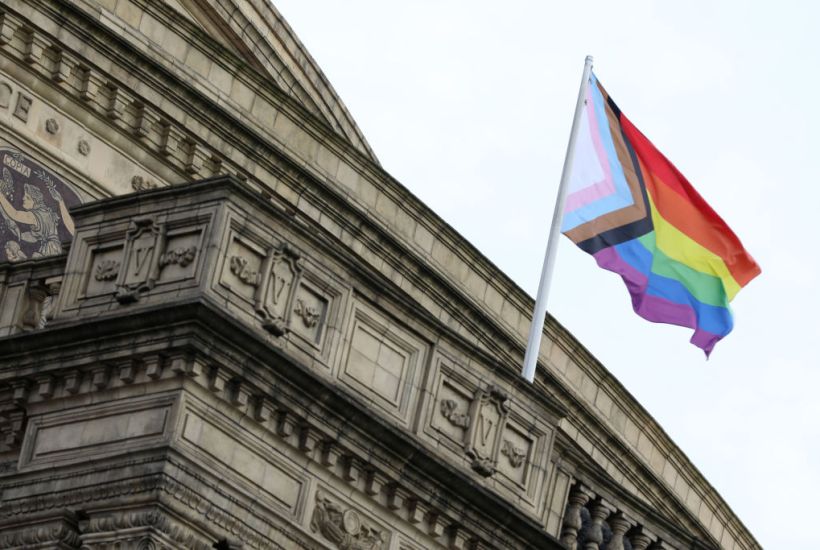
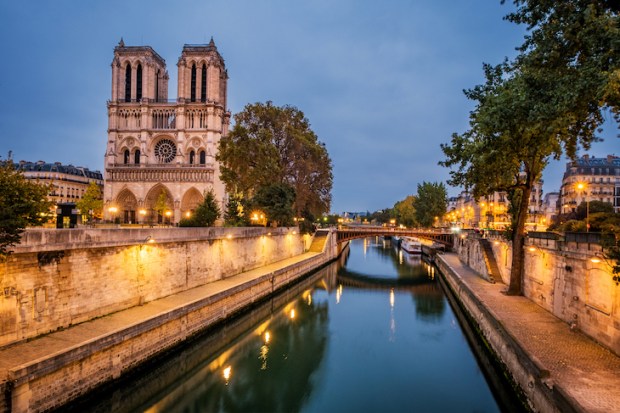

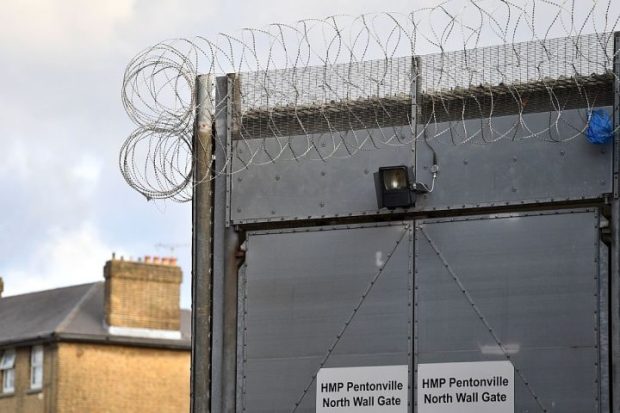
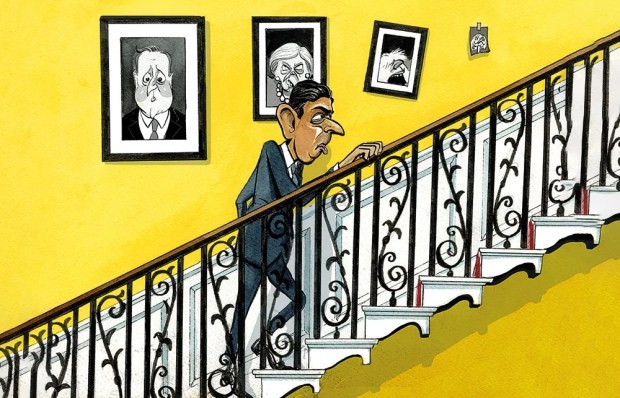
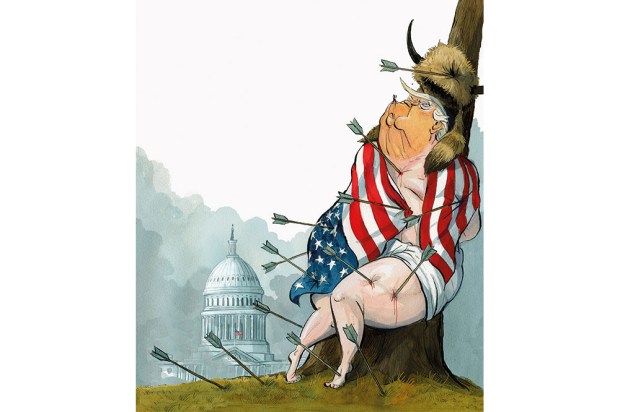
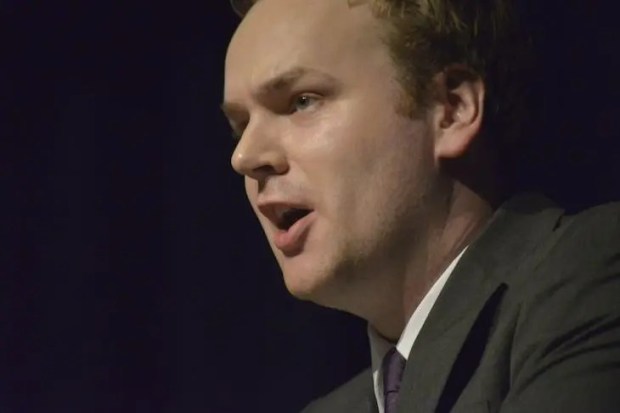












Comments
Don't miss out
Join the conversation with other Spectator Australia readers. Subscribe to leave a comment.
SUBSCRIBEAlready a subscriber? Log in